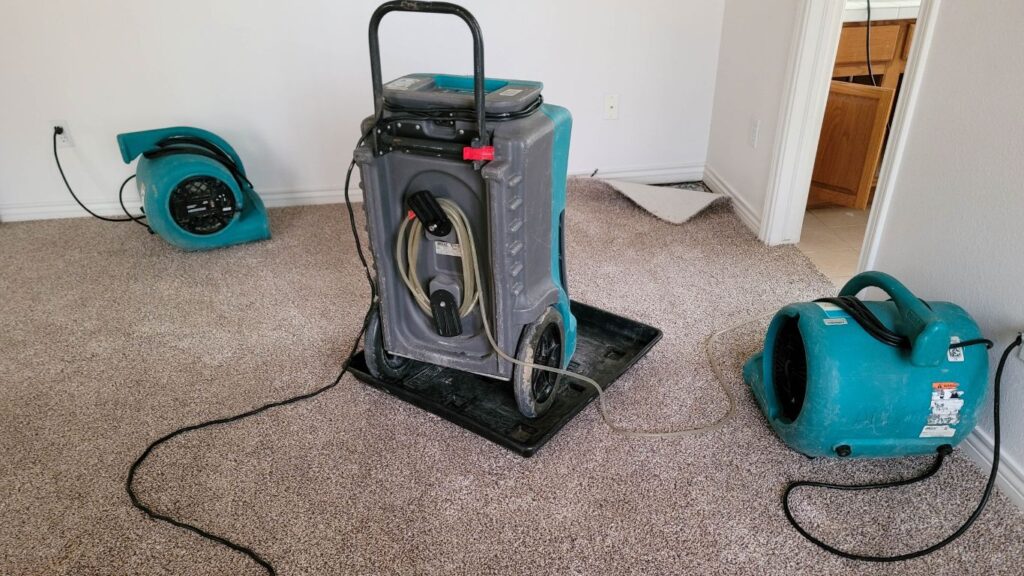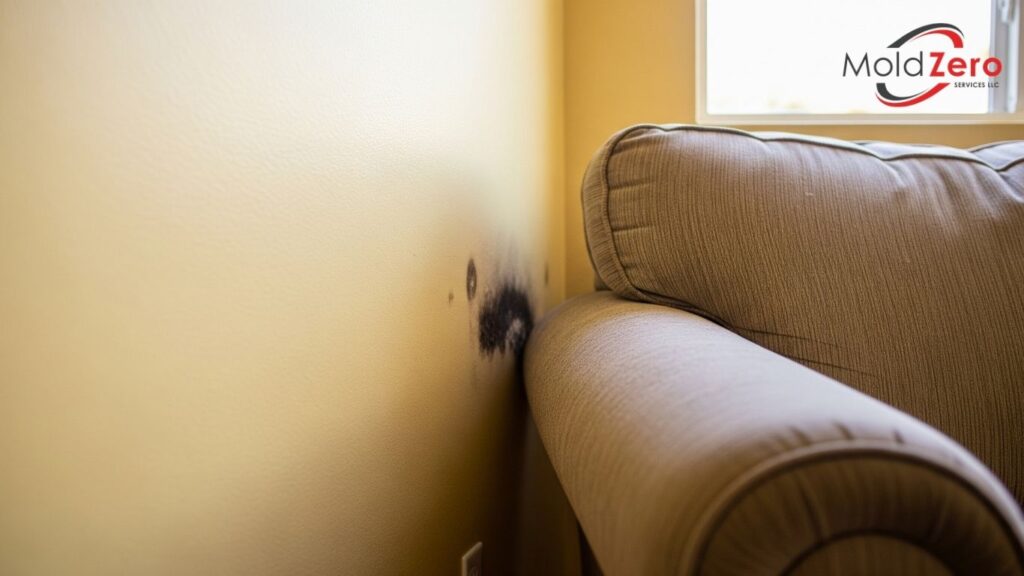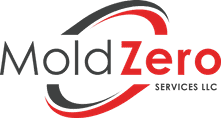Mold Prevention Tips for Spring: Stop Mold Growth Before It Starts!
Spring in Los Angeles brings warmer days and the perfect opportunity for a fresh start in our homes. As we open windows and embrace the renewal of the season, it’s also a critical time to think about an unwelcome guest that thrives in changing conditions: mold.
Increased moisture from spring rains, fluctuating temperatures leading to condensation, and even lingering effects from winter can create ideal breeding grounds. Proactive spring mold prevention is key to ensuring your home remains a comfortable, well-maintained, and pleasant space throughout the year.
At Mold Zero, we’re dedicated to helping homeowners in Los Angeles like you protect your properties. This guide offers practical spring-focused tips to help you stop mold growth before it even begins.
Why Spring is a Critical Time for Mold Prevention in Los Angeles
While Los Angeles enjoys a generally mild climate, the shift into spring can still bring conditions conducive to mold growth:
- Increased Moisture: Spring can sometimes bring more rain. This, combined with changing humidity levels as temperatures rise, can introduce or reveal moisture problems.
- Condensation: As warmer, moist spring air comes into contact with cooler surfaces in your home (walls, windows, pipes that haven’t warmed up yet), condensation can form, providing the dampness mold needs.
- Lingering Winter Issues: Any minor leaks from winter rains or deferred maintenance on gutters and roofs can become more apparent and problematic with spring showers.
- “Spring Cleaning” Opportunities: This traditional time for deep cleaning and decluttering is also the perfect opportunity to inspect for hidden moisture issues and take preventative action.
Being aware of these seasonal factors allows you to tailor your home maintenance efforts effectively.
Your Spring Mold Prevention Checklist for a Fresh Los Angeles Home
Think of this as your action plan to keep your home in top shape and mold-resistant this spring and beyond.
Exterior Home Maintenance: Your First Line of Defense
What happens outside your home directly impacts the inside. Spring is the ideal time to inspect and address these areas:
Roofs and Gutters: Clear the Way for Rainwater
- Inspect Your Roof: From the ground (or with professional help for safety), look for any shingles that are missing, loose, cracked, or damaged from winter weather.
- Clean Gutters and Downspouts: Leaves, twigs, and other debris can clog your gutters, causing water to overflow and potentially seep into your roof, eaves, or foundation. Ensure downspouts direct water at least 5-10 feet away from your home’s foundation.
- Mold Zero Tip: If you discover significant water stains on your ceilings after cleaning gutters, it might indicate a past or current leak that needs attention. A prompt and free mold inspection can determine if mold growth has begun.

Foundation and Drainage: Keep Ground Moisture Out
- Check Grading: Ensure the soil and landscaping around your foundation slope away from your home. This helps prevent water from pooling against foundation walls.
- Inspect Foundation Walls: Look for any new cracks or signs of moisture seepage in your basement or crawl space foundation walls.
- Window Wells: If you have below-grade windows with wells, ensure they are clear of debris and draining properly.
Windows, Doors, and Siding: Seal Against Spring Showers
- Inspect Seals: Check the caulking and weather stripping around windows and doors. Damaged or deteriorating seals can allow rainwater to enter. Re-caulk or replace weather stripping as needed.
- Examine Siding: Look for any cracks, gaps, or damage in your home’s siding where water could penetrate.
- Mold Zero Tip: Proper sealing not only prevents moisture intrusion but also improves your home’s energy efficiency.
Sprinkler System Check-Up:
- As you de-winterize your sprinkler system, check for any leaks in the lines or heads.
- Ensure sprinkler heads are aimed correctly to water your lawn and garden, not your house siding or windows.
Interior Moisture Control: Creating an Unfriendly Environment for Mold
Managing moisture inside your home is just as crucial.
Boost Ventilation: Let the Fresh Air In
- Air Out Your Home: On pleasant Los Angeles spring days, open windows to promote cross-ventilation and reduce indoor humidity and pollutants.
- Use Exhaust Fans Consistently: Always run your bathroom exhaust fan during and for about 20-30 minutes after showers or baths. Use your kitchen exhaust fan when cooking, especially when boiling water or generating steam. Ensure these fans are ducted to the exterior, not into the attic.
- Laundry Room Care: Make sure your clothes dryer vent is clean and properly connected to the outside. Lint buildup can be a fire hazard and can also trap moist air.
Manage Rising Spring Humidity Levels
- Monitor Indoor Humidity: Aim to keep indoor humidity between 30% and 50%. An inexpensive hygrometer can help you track this.
- Use Dehumidifiers: If you notice persistent dampness or higher humidity in areas like basements, crawl spaces, or certain rooms, run a dehumidifier.
- Mold Zero Tip: If you consistently struggle with high indoor humidity despite these efforts, it could indicate a larger ventilation or moisture intrusion problem that warrants a professional look.

HVAC System Spring Tune-Up: Prepare for Warmer Weather
- Schedule Professional Service: It’s wise to have your HVAC system inspected and serviced by a qualified technician in the spring before the heavy use of summer air conditioning begins. They can check for condensation issues, ensure drain lines are clear, and clean coils.
- Change Air Filters Regularly: Replace your HVAC air filters according to manufacturer recommendations (typically every 1-3 months). Clean filters improve air quality and system efficiency. The U.S. EPA provides helpful home maintenance checklists, including HVAC care.
Basement, Crawl Space, and Attic Vigilance
- Inspect for Dampness: These less-visited areas are prime spots for moisture problems. In spring, check for any signs of new dampness, leaks, or musty odors.
- Ensure Proper Ventilation: Attics and crawl spaces need adequate ventilation to prevent moisture buildup. Check that vents are not blocked.
- Mold Zero Tip: If you find extensive dampness or suspect mold in these areas, it’s best to get a professional assessment. These spaces can be tricky, and our team is equipped to handle them.
Spring Cleaning with Mold Prevention in Mind
Your spring cleaning routine can be a powerful tool for mold prevention.
- Focus on Moisture-Prone Areas: Thoroughly clean bathrooms (showers, tubs, sinks, tiles, grout), kitchens (around sinks, under appliances), and window sills/tracks where condensation might collect.
- Declutter for Better Airflow: Clutter, especially in closets, basements, and storage areas, can restrict airflow and create hidden pockets where moisture can stagnate. Spring is a great time to declutter these spaces.
- Inspect Hidden Spots: When cleaning, take the opportunity to look behind and under furniture, appliances, and stored items for any signs of moisture, water stains, or mold growth you might not normally see.
- Shower Curtains and Liners: Clean or replace fabric shower curtains and plastic liners regularly, as they are prone to mildew.
Addressing Lingering Winter Moisture
If your home experienced any ice dams, minor roof leaks, or persistent condensation during the winter, ensure those areas are now completely dry. Lingering dampness is an invitation for mold as temperatures rise.
Recognizing Early Signs of Mold Growth This Spring
Being vigilant allows you to catch potential mold issues early, before they become bigger problems. Watch out for:
- Persistent Musty or Earthy Odors: This is often the very first sign of hidden mold.
- Visible Spotting: Mold can appear in various colors (black, green, white, orange) and textures. Even small spots should be investigated.
- Increased Condensation: While some condensation can be normal, excessive or persistent condensation on windows, pipes, or walls indicates too much moisture.
- Signs of Water Damage: Look for water stains, discoloration on ceilings or walls, peeling or bubbling paint or wallpaper, and warped wood.

When Your Spring Cleaning Uncovers a Mold Problem
Discovering mold, even during a refreshing spring clean, can be disheartening. Here’s what to do:
- Don’t Ignore It: Even small areas of mold can spread if the underlying moisture condition isn’t resolved.
- Minor Surface Cleaning: For very small patches of mildew on hard, non-porous surfaces (like shower tiles), you can typically clean them with a suitable household cleaner. Always ensure good ventilation and wear protective gear like gloves and eyewear.
- Know When to Call Mold Zero: If the moldy area is larger than a few square feet, if it comes back after cleaning, if you smell a strong musty odor but can’t see the source (it might be hidden), or if you have concerns about extensive water damage, it’s time for professional help. Our mold remediation services are comprehensive and address the root cause.
- Concerns About Specific Mold Types: Homeowners are often worried about “black mold.” While mold color isn’t the sole indicator of concern, if you see extensive or dark-colored mold, or if anyone in the household has particular sensitivities, getting a professional assessment is a wise step. We are experienced in addressing all types of mold, including situations requiring black mold removal.
How Mold Zero Helps Homeowners Tackle Spring Mold Concerns
At Mold Zero, we’re your partners in ensuring your Los Angeles home stays in great condition, free from the worries of mold. Spring is a busy time, and we can help you:
- Comprehensive Inspections: Our detailed mold inspections go beyond what you can see, helping to identify hidden moisture sources and any existing mold growth, giving you a clear picture of your home’s condition.
- Effective and Minimally Invasive Remediation: If mold is found, our advanced 5-step remediation process is designed to be thorough yet minimally disruptive to your home and routine.
- Broad Expertise: We handle everything from single-family residences to large, complex properties. The advanced techniques and insights we’ve gained from our commercial mold removal projects benefit all our clients, ensuring you receive the highest level of service and expertise.
- Guidance for Ongoing Prevention: We don’t just address the current problem; we provide you with valuable advice and recommendations to help prevent mold from returning, keeping your home protected season after season.
Enjoy a Fresh, Well-Maintained Home This Spring
Spring in Los Angeles should be a time of enjoyment and rejuvenation, not worry about mold. By incorporating these mold prevention tips into your spring home maintenance routine, you can significantly reduce the risk of mold growth and ensure your home remains a comfortable and well-cared-for environment for your family.
If your spring cleaning uncovers any concerns, or if you’d simply like the peace of mind that comes with a professional assessment, Mold Zero is here to help.
Contact Mold Zero Services LLC today at (626) 671-8885 or fill out our online form for a free, no-obligation inspection and quote. Let’s work together to keep your Los Angeles home fresh and mold-managed this spring and all year round!

